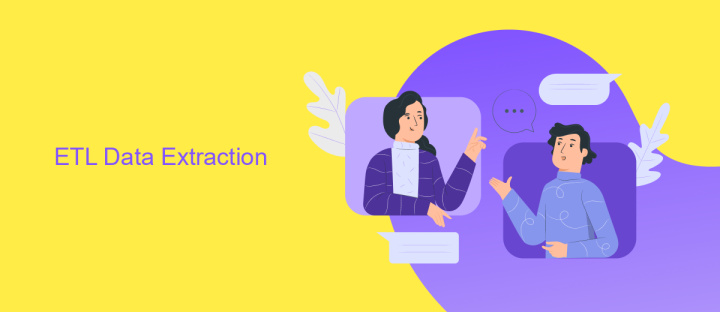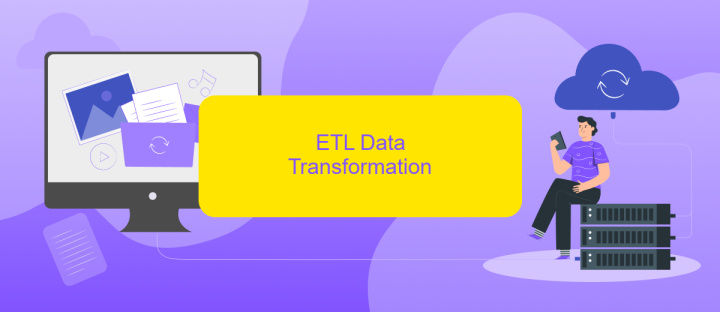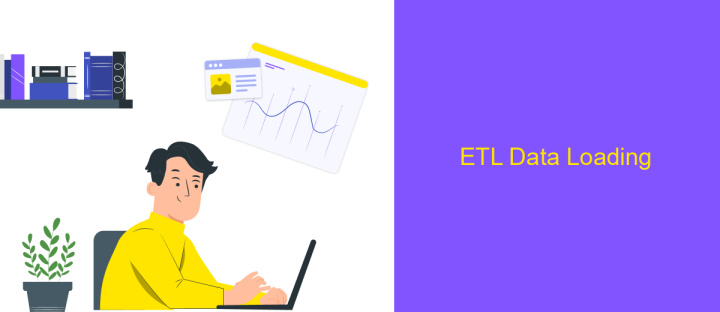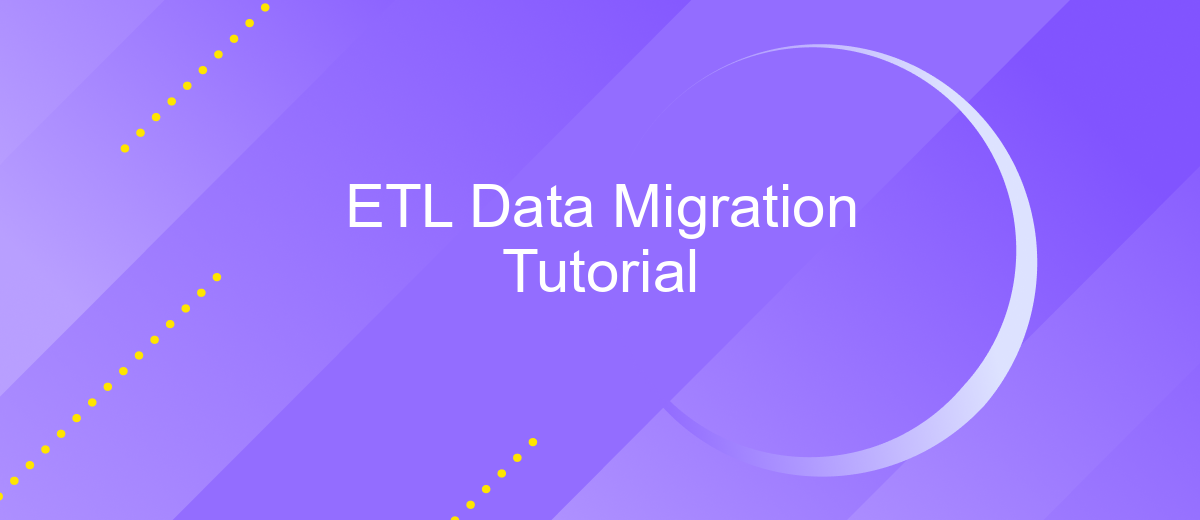ETL Data Migration Tutorial
Data migration is a critical task for any organization looking to upgrade or consolidate systems. This ETL (Extract, Transform, Load) Data Migration Tutorial will guide you through the essential steps to ensure a smooth and efficient migration process. Whether you are moving data to a new database or integrating multiple sources, mastering ETL techniques is key to success.
Introduction
ETL (Extract, Transform, Load) is a crucial process in data migration, enabling organizations to move data from various sources into a unified system. This tutorial aims to provide a comprehensive guide on how to efficiently execute ETL data migration, ensuring data integrity and consistency throughout the process.
- Extract: Collecting data from different sources.
- Transform: Converting data into a suitable format.
- Load: Importing transformed data into the target system.
Utilizing modern tools and services like ApiX-Drive can significantly simplify the ETL process. ApiX-Drive allows seamless integration between multiple platforms, automating data extraction and transformation tasks, thus reducing manual effort and minimizing errors. By following this tutorial, you will gain the skills needed to perform ETL data migration effectively, leveraging advanced tools to streamline your workflow.
ETL Data Extraction

Data extraction is the first step in the ETL (Extract, Transform, Load) process, involving the retrieval of data from various sources. This phase is crucial as it sets the foundation for the subsequent transformation and loading stages. Data can be extracted from multiple sources such as databases, cloud storage, APIs, and flat files. The key is to ensure that the data collected is accurate and relevant to the business needs. Tools and services like ApiX-Drive can streamline this process by automating data extraction from numerous platforms, thereby reducing manual effort and minimizing errors.
Effective data extraction requires a well-planned strategy to handle different data formats and sources. It is important to consider factors like data volume, frequency of extraction, and data quality. Using robust ETL tools or services can help in scheduling regular data extractions, monitoring data integrity, and ensuring compliance with data governance policies. ApiX-Drive, for instance, offers seamless integration capabilities, allowing businesses to effortlessly extract data from various applications and databases, thereby enhancing the efficiency and accuracy of the ETL process.
ETL Data Transformation

Data transformation is a crucial step in the ETL process, involving the conversion of data from its original format into a format suitable for analysis and reporting. This step ensures that the data is clean, consistent, and usable for the intended purposes. Effective data transformation can greatly enhance the quality and usability of the data.
- Data Cleaning: Remove inconsistencies, duplicate records, and errors to ensure data quality.
- Data Standardization: Convert data into a common format, such as standardizing date formats or units of measurement.
- Data Integration: Combine data from multiple sources into a single, unified dataset.
- Data Enrichment: Enhance the dataset by adding additional information, such as geolocation data or demographic details.
- Data Aggregation: Summarize data to provide higher-level insights, such as total sales per month.
Tools and services like ApiX-Drive can simplify the data transformation process by automating the integration and transformation tasks. ApiX-Drive allows you to connect various data sources and apply transformation rules without extensive coding, making it easier to maintain data consistency and quality across different systems. This not only saves time but also ensures that your data is always ready for analysis.
ETL Data Loading

Data loading is a crucial phase in the ETL process, where transformed data is moved into a target system for further use. This step ensures that data is available for analysis, reporting, and other business functions. Efficient data loading can significantly impact the performance and reliability of your data systems.
To execute data loading effectively, it is essential to consider the target system's requirements and capabilities. This includes understanding data formats, connection protocols, and load performance metrics. Proper planning and execution can prevent data corruption and ensure system stability.
- Validate data before loading to ensure consistency and accuracy.
- Use bulk loading techniques to improve efficiency and reduce load times.
- Monitor load processes to identify and rectify issues promptly.
- Leverage tools like ApiX-Drive for seamless integration and automation of data loading tasks.
ApiX-Drive offers a robust solution for automating data loading processes, providing seamless integration with various data sources and target systems. By using ApiX-Drive, organizations can streamline their ETL workflows, reduce manual intervention, and enhance overall data management efficiency.
- Automate the work of an online store or landing
- Empower through integration
- Don't spend money on programmers and integrators
- Save time by automating routine tasks
Conclusion
In conclusion, mastering ETL data migration is crucial for businesses aiming to optimize their data management processes. By understanding the intricacies of extracting, transforming, and loading data, organizations can ensure seamless data integration, accuracy, and consistency across various platforms. This tutorial has provided a comprehensive guide to the foundational principles and best practices necessary for effective ETL data migration.
Moreover, leveraging advanced tools and services such as ApiX-Drive can significantly streamline the integration process. ApiX-Drive offers a user-friendly interface and robust capabilities to automate data workflows, reducing manual efforts and minimizing errors. By incorporating such solutions, businesses can enhance their operational efficiency and focus more on strategic initiatives. Ultimately, the successful implementation of ETL data migration strategies will empower organizations to harness the full potential of their data, driving informed decision-making and sustained growth.
FAQ
What is ETL in the context of data migration?
Why is data transformation important in ETL?
What are some common challenges faced during ETL data migration?
How can I automate the ETL process for data migration?
What should I consider when selecting an ETL tool?
Do you want to achieve your goals in business, career and life faster and better? Do it with ApiX-Drive – a tool that will remove a significant part of the routine from workflows and free up additional time to achieve your goals. Test the capabilities of Apix-Drive for free – see for yourself the effectiveness of the tool.


